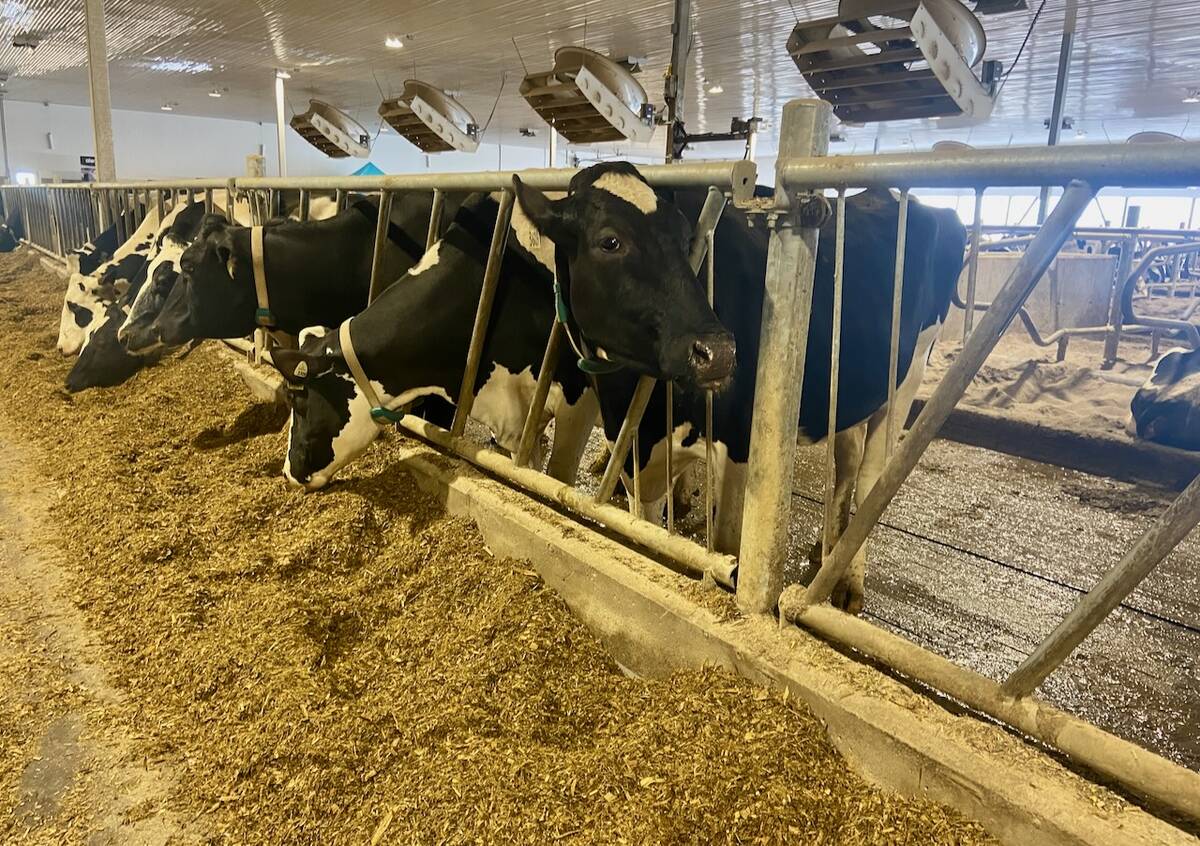LACOMBE, Alta. — Studying the cow pie is not likely at the top of the average person’s list of things to do.
Yet a basic understanding of cow manure distribution throughout a field can be a good tool to boost pasture fertility.
“If everything was done perfectly, we could probably cover 20 percent of the pasture every year with dung piles and urine throughout the growing season,” said Arvid Aasen, forage agronomist.
He is part of the team of researchers connected to the Western Forage Beef Group based in Lacombe and taught at this year’s pasture school.
Read Also

U.S. farm group supports supply management
U.S. grassroots farm advocacy group pushing new agriculture legislation that would move towards supply management like Canada has for dairy industry
Well spread manure contributes to the nitrogen cycle.
Nitrogen cycling in a pasture is the movement of nitrogen in various chemical forms into the atmosphere, to the soil, to the plant, to the animal, to the soil and back to the atmosphere.
The cow’s role is complex.
Cattle on pasture harvest nitrogen as plant proteins and convert them to animal proteins as meat and milk.
A big release of nitrogen comes from the consumption of such plants as alfalfa and release of nitrogen by animals in their wastes. This transfer of nitrogen through livestock excrement can be substantial if the manure is distributed evenly over a pasture.
However, livestock do not do this on a voluntary basis so it is important to understand animal behaviour and encourage them to spread manure.
One way is to move their water, oilers and mineral supplies.
Another method is high stocking density in a short grazing duration of one to three days in one paddock. This keeps them moving and helps distribute the manure rather than allowing it to pile up in one spot.
Studies show up to 65 percent of the manure is deposited near shade and water sources.
Cattle urinate eight to 12 times per day releasing up to 2.2 litres at a time. The urine patch will cover 1.7-5.3 sq. feet. It contains 0.42-2.16 percent nitrogen, mostly in the form of ammonia.
Nitrogen lost
Urine losses are often high in winter because it does not penetrate frozen ground. A considerable amount is also lost in snow melt in the spring.
The average cow defecates 11-16 times a day. Feces weigh 3.3-5.9 pounds per defecation and cover an area of about one sq. foot.
Nitrogen content ranges from two to 3.6 percent, which is the equivalent of adding up to 960 lb. of nitrogen per acre.
Dung patches decompose slowly, depending on fibre content and climate as well as bird and insect
activity.
Nitrogen can also be added to the soil by planting legumes such as alfalfa, which fix this nutrient in root nodules. When a legume goes dormant, it sheds its root hairs and nodules, which release nitrogen into the root zone.
In addition, commercial fertilizers may be necessary to boost nitrogen levels and raise the protein content of such forage as brome grass.















